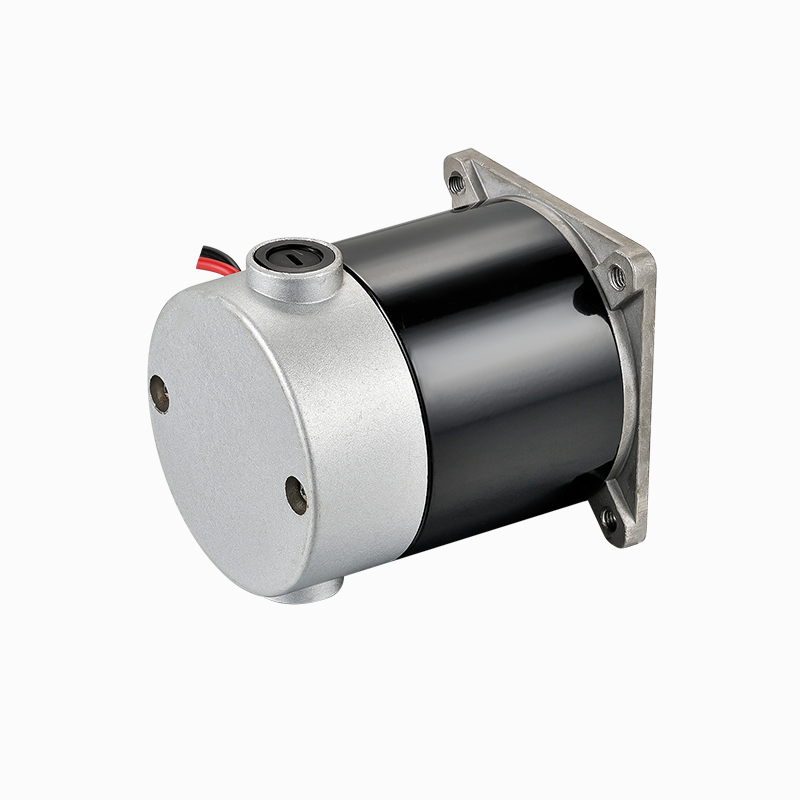Call us
+86-18023576732
+86-0579-89008006
Fax: +86-0579-82206899
Introduction to Direction Control in DC Motors
In many electromechanical systems, the ability to rotate a motor in both forward and reverse directions is essential. Applications such as electric vehicles, robotics, conveyor systems, and actuators require flexible and precise movement, often reversing direction frequently during operation. When it comes to the Permanent Magnet DC Motor, one common question is whether it can achieve bidirectional rotation and how that functionality is implemented in practical systems. As it turns out, directional control is not only possible but also straightforward to achieve with the right electronic configuration.

Basic Working Principle and Polarity Sensitivity
A Permanent Magnet DC Motor operates on the basic principle of electromagnetic force generated between the magnetic field of the stator’s permanent magnets and the electric current passing through the rotor windings. One key characteristic of such motors is their sensitivity to the polarity of the input voltage. Reversing the polarity of the supply current changes the direction of the torque produced, which in turn reverses the rotation of the motor shaft. This simple but effective feature forms the basis for implementing directional control.
Achieving Reversible Motion Through Voltage Polarity Switching
The simple way to reverse the rotation of the motor is by switching the polarity of the applied voltage across its terminals. In practical terms, this means swapping the connections of the power supply: the positive terminal becomes negative, and vice versa. However, manually switching wires is not viable in automated systems. Instead, electronic methods such as the use of H-bridge circuits are employed. An H-bridge is an arrangement of four switching devices—typically transistors or MOSFETs—that allow current to flow in either direction through the motor by appropriately closing two of the switches at a time.
Safety and Efficiency Considerations in Directional Control
While changing motor direction is technically straightforward, safe and efficient implementation requires certain precautions. One of the important things is to avoid switching direction while the motor is in full-speed operation, as this may result in large current surges or mechanical stress. Instead, control algorithms should include deceleration phases before switching polarity. Additionally, diodes or other flyback protection components are often used in H-bridge designs to protect against voltage spikes during switching. Modern motor drivers come equipped with built-in safeguards to enhance system reliability during frequent direction changes.
Applications Benefiting from Reversible Motor Control
A wide range of applications take advantage of reversible motor control. Electric window regulators in automobiles, camera gimbals, robotic joints, and industrial actuators all require the ability to reverse motor rotation. The compactness and efficiency of permanent magnet motors make them particularly well-suited for these uses, where space constraints and responsive movement are key. Designers can exploit the natural reversibility of DC motor operation to simplify hardware designs and improve control performance.
A Natural Advantage of DC Motor Design
The ability to reverse rotation is a built-in characteristic of all standard brushed DC motors, including those with permanent magnets. With the support of modern electronic control methods such as H-bridges and microcontroller-based logic, implementing direction control is both cost-effective and efficient. By understanding the electrical and safety aspects of bidirectional control, system designers can take full advantage of this feature and create versatile motion systems across a wide spectrum of applications
Contact Us